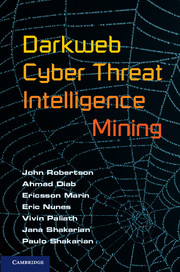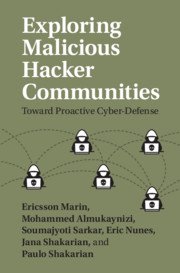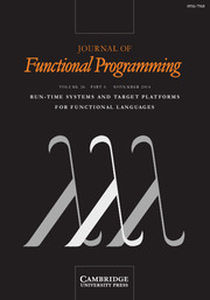Darkweb Cyber Threat Intelligence Mining
The important and rapidly emerging new field known as 'cyber threat intelligence' explores the paradigm that defenders of computer networks gain a better understanding of their adversaries by understanding what assets they have available for an attack. In this book, a team of experts examines a new type of cyber threat intelligence from the heart of the malicious hacking underworld - the dark web. These highly secure sites have allowed anonymous communities of malicious hackers to exchange ideas and techniques, and to buy/sell malware and exploits. Aimed at both cybersecurity practitioners and researchers, this book represents a first step toward a better understanding of malicious hacking communities on the dark web and what to do about them. The authors examine real-world darkweb data through a combination of human and automated techniques to gain insight into these communities, describing both methodology and results.
- Describes methods for automatically analyzing cyber threat intelligence, providing ideas for practical use by operational cybersecurity professionals
- Allows for data-driven decision support to cyber-defenders and the modeling of worst-case scenarios
- Melds cyber security, social science and data mining in an integrative fashion, paving the way for future research
Reviews & endorsements
'Darkweb Cyber Threat Intelligence Mining represents a tipping point in cyber security. It is a must-read for anyone involved in the modern cyber struggle.' George Cybenko, Dartmouth College, New Hampshire, from the Foreword
'The book is well written and well structured. The authors provide interesting facts on the darknet economy, its community, and its underling rules, such as trust-based platforms and the related problems of its participants.' Steffen Wendzel, Computing Reviews
Product details
March 2017Adobe eBook Reader
9781316952870
0 pages
0kg
This ISBN is for an eBook version which is distributed on our behalf by a third party.
Table of Contents
- 1. Introduction
- 2. Moving to proactive cyber threat intelligence
- 3. Understanding darkweb malicious hacker forums
- 4. Automatic mining of cyber intelligence from the dark web
- 5. Analyzing products and vendors in malicious hacking markets
- 6. Using game theory for threat intelligence
- 7. Application – protecting industrial control systems
- 8. Conclusion – the future of darkweb cyber threat intelligence.





